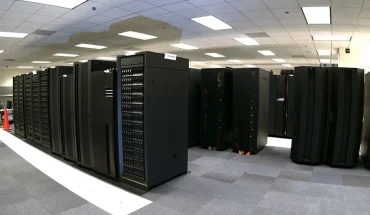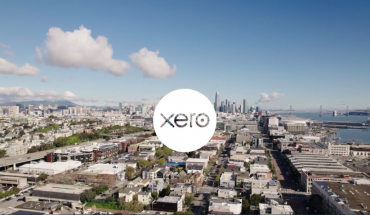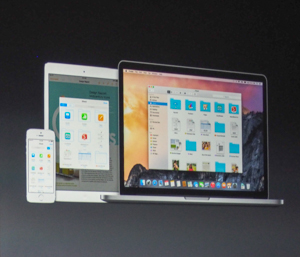
By Gadjo Cardenas Sevilla
Many of the significant features and revelations at this week’s WWDC (World Wide Developer’s Conference) were about Continuity of instantaneous connectivity between mobile devices, desktops and ecosystems. A lot of this happens seamlessly in the iCloud. 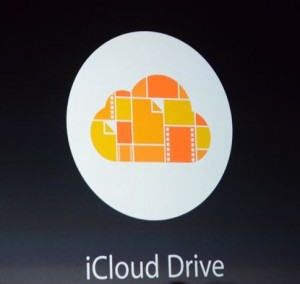 Once iOS 8 and OS X Yosemite comes to market in the Fall (for free), users of both ecosystems will be able to easily share and access files between devices using enhanced AirDrop functionality (Apple’s proximity based peer-to-peer wireless file sharing feature). Handover, another feature touted at WWDC, will allow users to start projects on a mobile device and then continue where they left off in one swipe.
Once iOS 8 and OS X Yosemite comes to market in the Fall (for free), users of both ecosystems will be able to easily share and access files between devices using enhanced AirDrop functionality (Apple’s proximity based peer-to-peer wireless file sharing feature). Handover, another feature touted at WWDC, will allow users to start projects on a mobile device and then continue where they left off in one swipe.
For many users, the term ‘automagically’ will come to mind as their devices and desktops instinctively pick-up the work-in-progress and their iPad informs them they can continue to work on that spreadsheet or draft if they so desired. iCloud Drive will also back up and smartly update all of a user’s documents, files and apps across devices.
All they will need is their Apple email address used to signed on their account. This puts Apple right up there as a cloud services provider and competitor to Google Drive, DropBox, Microsoft’s OneDrive and countless others.
Unlike these services, however, Apple’s approach is more intuitive and automatic. iCloud was announced in 2011 as a way to synch email, messages and photos between Macs and iOS devices. Judging from many of the announcements at WWDC this week, Apple is ready to take this to the next level by allowing increased interaction between iOS and Mac devices as well as some powerful new tools for developers in the health and home automation segments. 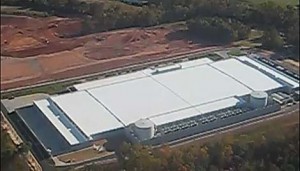 What will power these iCloud services is Apple’s formidable collection of data centres. It currently has West Coast data centers in Newark, Santa Clara and Cupertino, and a major East coast data center in Maiden, North Carolina. They also has a data center in Prineville, Oregon (above).
What will power these iCloud services is Apple’s formidable collection of data centres. It currently has West Coast data centers in Newark, Santa Clara and Cupertino, and a major East coast data center in Maiden, North Carolina. They also has a data center in Prineville, Oregon (above).
The sheer number of servers at Apple’s disposal is one thing, and most competitors like Amazon, Microsoft and Google have comparable data centers, but none of them have the combinations of hardware, software, mobile, desktop and application ecosystem as large as Apple’s.
The end result is that buying into Apple’s products and ecosystems will be more enticing than ever for users now that interconnectivity is built-in and that could prove to be a game changing strategy in the long run.

